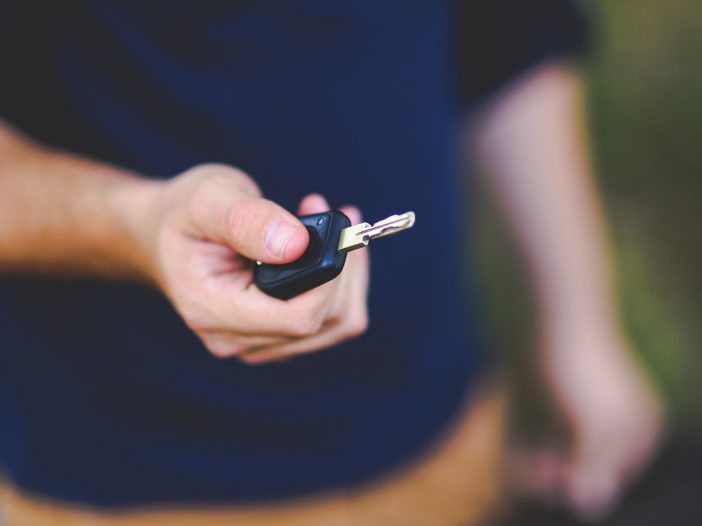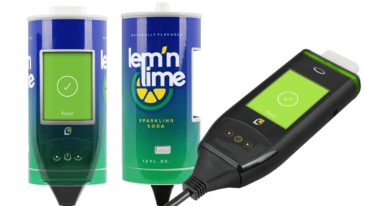
If you’ve had an interlock device installed in your car, you’re going to need to know how to use it. Thankfully, it’s quite easy, and you’ll find everything you need to know about how to use an interlock device here in this helpful guide. This way, you can abide by the terms of your program and stay on the straight and narrow path.
What is an Interlock Device?
An interlock device is essentially a breathalyzer that is installed in your car to monitor your blood alcohol content (BAC) level. Typically, an interlock device is required as part of an agreement in the instance of a DUI. If you are required to have an interlock system installed, you will need to submit a breath test every time you get into your car before the car will start.
Sometimes, your BAC level will just need to be under the legal state limit to start the car, while others, you may need to have no traces of alcohol on your breath at all, depending on your individual circumstances as well as the state in which you reside. You will often need to bring your interlock device into a service station for recalibration at set intervals to check on how it’s performing and to make sure you are abiding by the terms of your court-ordered agreement.
But how does the interlock device actually work? Let’s take a closer look.
Interlock Device Installation
In order to properly use your interlock device, you will need to have it installed at a state-certified provider’s service station. At your installation appointment, you will receive hands-on training on how to use your interlock device before you leave. While each state has a different breath test pattern for its interlock device regulations, they are all very easy, and your breath test will only take seconds to perform.
Most states will require that you are able to demonstrate you can use your interlock device two or three times before you are able to leave the service center. You may also need to watch a short training video about the device, which covers the different messages from the device, as well as an overview of the possible penalties you may face if you do not comply with the interlock device testing.
How to Use an Interlock Device
You use an interlock device just as you would use a breathalyzer, since they are essentially the same thing, the only difference being that an interlock device is installed in your car.
There are actually two different methods for submitting a breath sample, and which you use will depend on the state you live in. The most common method is to simply blow into the interlock device, inhale, then blow again in powerful deep breaths. The second, less common method is to blow once with a more forceful breath.
Either way, you will have to perform this breath test before you are able to start your car. To ensure the most accurate results, you should always rinse out your mouth with water before you take the test, even if you haven’t had anything to drink, as other substances and foods may have trace elements of alcohol that could trigger the device and keep you from driving. You would then have to wait the designated amount of time before you can take the test again and start your vehicle.
Initial Test & Rolling Retest
There are actually two tests that you will have to perform every time you drive.
The first is the initial test, which you will need to pass before you can start your car. The second is what’s known as a “rolling retest,” which will occur at random after you have started your car and begun to drive. This test will be conducted in the same manner as the initial test and ensures that you have not had anything to drink after you began driving.
Should you miss or fail a test, your interlock device will flash and or beep to alert you that your car will enter lockdown. If you are driving, the device will instruct you to safely pull over and turn off the ignition and may honk your horn and flash your lights until you do. You will then have to wait the predetermined period of time until you can retest. This amount of time goes up with each failed test.
Keep reading the Low Cost Interlock blog for more information on interlock devices.

